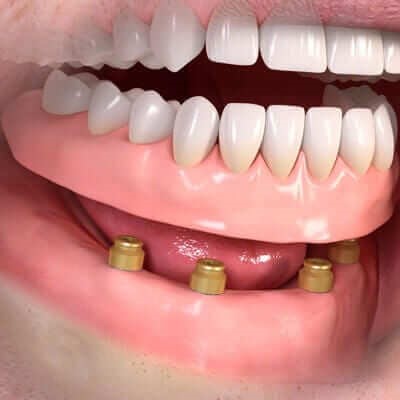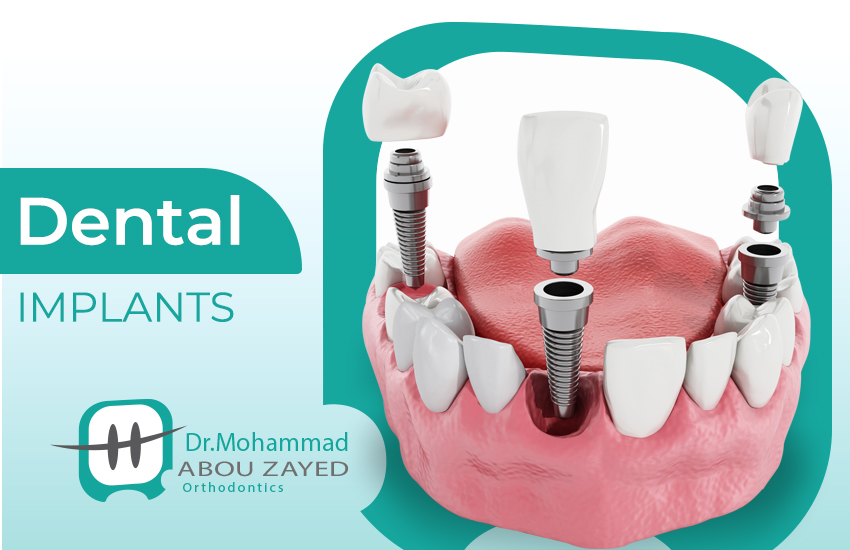Dental implants
Missing teeth can be embarrassing, causing people to hide their smile and lose their self-esteem. The space that missing teeth create can easily become infected with bacteria, causing other teeth to shift out of place, and making it difficult for people to speak or eat correctly.
Dental implants procedure is divided into 3 parts:
the first part is determing the proper destination of the implant with the help of the 3D CBCT xray, second step is the fusion of the natural bones of the jaws with the implant and the third step is the placemnt of the crowns over implants.
after the implantation procedure some instructions must be followed:avoid eating or drinking for 2 hours after the procedure and proper brushing of teeth with a soft toothbrush,
if you want to know the three vital parts of a dental implant procedure, here are the details.
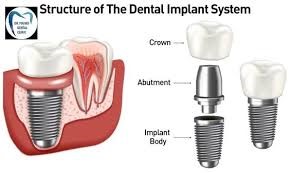
The post:
This is the fixture or titanium rod the dentist places in the jawbone. The dentist will cut through the gum tissue first. This will expose the jawbone. Drilling dental implant holes into the jawbone will be next.
Dental implant posts vary in size
The dentist will choose a mini or narrow dental post to replace an incisor. A titanium rod with a larger diameter will replace a molar.
successful osseointegration can lead to the success of dental implant surgery.
The abutment:
This is the connector between the titanium rod and the dental crown. The dentist will need to cut through the gum tissue on top of the titanium rod.
There are also different types of abutments. The choice depends on the type of dental prosthetic in need of support.
The dental prosthetic
This is the exposed part of the dental implant. It can be a denture, dental crown, or dental bridge. These artificial teeth snap onto the abutments.
Single tooth gap to support a crown
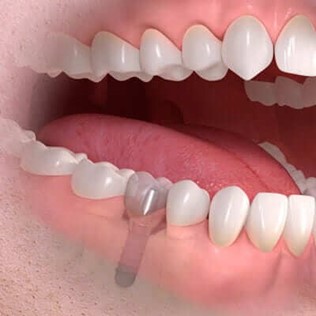 A larger gap to carry a bridge.
A larger gap to carry a bridge.
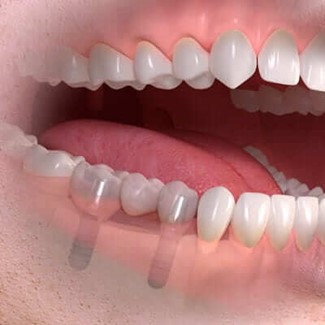 partial or full denture.
partial or full denture.
